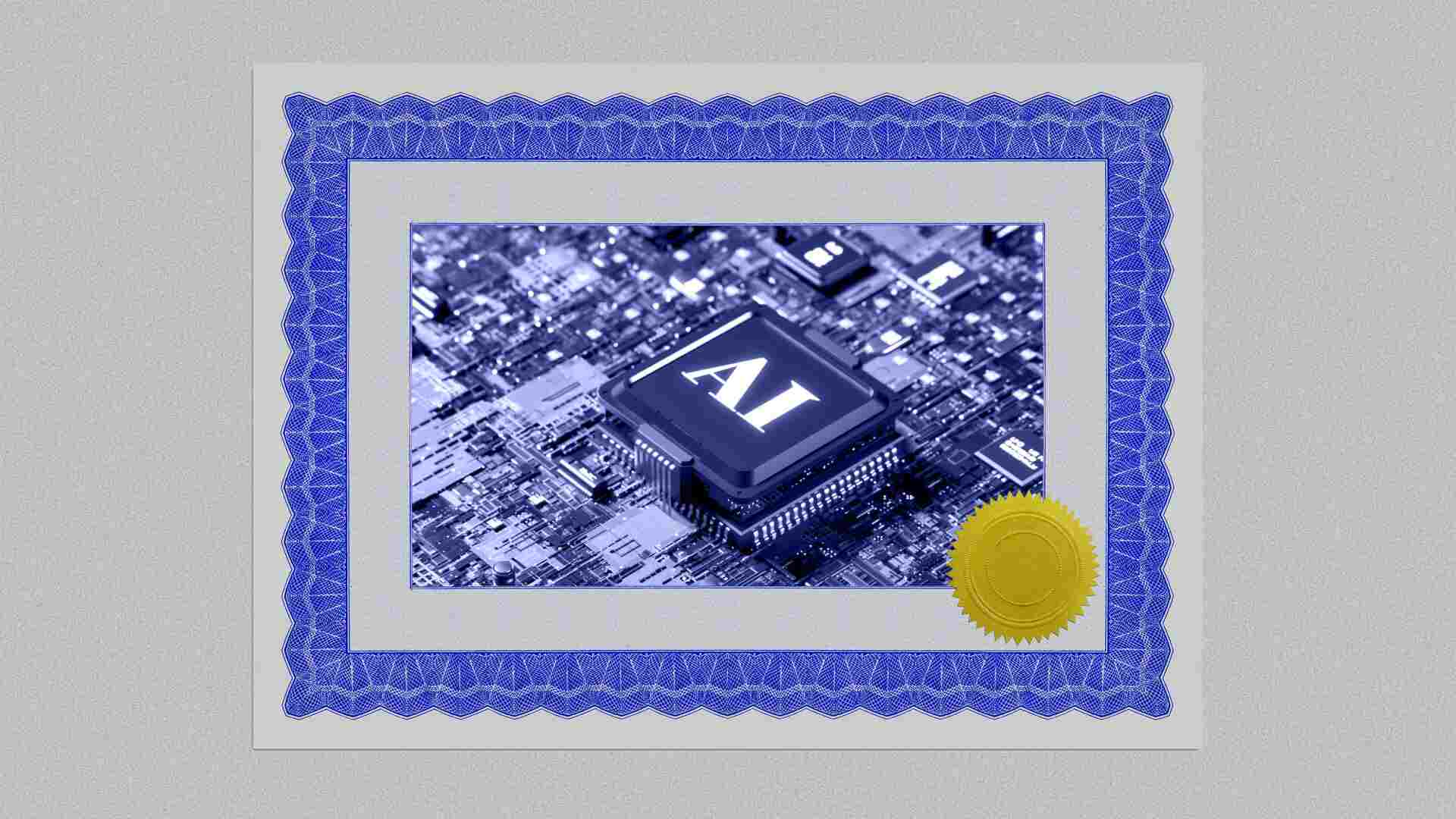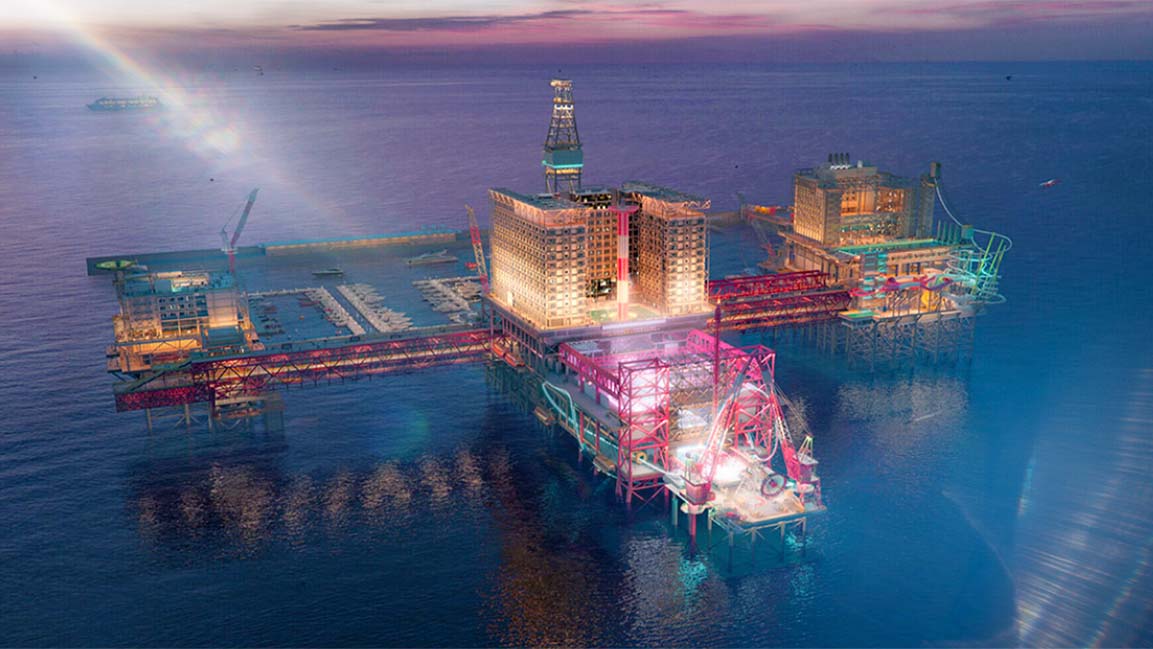- | 10:00 am
How SpaceX came to dominate the launch business
Last year, SpaceX sent 31 partially reusable Falcon 9 rockets to orbit—more than all other U.S. launch operators combined.

The past two weeks brought two space-news headlines: First, Amazon announced gigantic launch contracts for its Project Kuiper satellite-broadband service, and then SpaceX launched the first all-private mission to the International Space Station (ISS). Combined, both stories suggest space flight has become yet another playground for billionaires and their companies. But that overstates things: The orbital-launch business centers on Elon Musk’s SpaceX; everyone else is in orbit around it.
Last year, SpaceX sent 31 partially reusable Falcon 9 rockets to orbit, more than all other U.S. launch operators combined, and more than Russia’s total as well. China still staged more orbital launches total, although it split them among multiple series of rockets. That’s an extraordinary pace—in 2011, the entire world only completed 80 orbital launches—made possible by SpaceX’s revolutionary ability to land its first stages and re-fly them quickly and reliably.
“SpaceX really is the heavy lifter now,” says Marco A. Cáceres, an analyst with the Teal Group.
“There no longer is really much of a competition,” emailed Eric Berger, author of the 2021 book Liftoff: Elon Musk and the Desperate Early Days That Launched SpaceX.
Even Amazon’s recent news—the tech giant announced last week what it called “the largest commercial procurement of launch vehicles in history”—served to underscore how SpaceX has come to lead the industry since its 2002 founding.
With Kuiper, Amazon aims to catch up with SpaceX’s Starlink and meet a July 30, 2026, deadline set by the Federal Communications Commission to launch the majority of Kuiper’s 3,236 satellites. But the unavailability of Russian rockets (off the market after Russia’s invasion of Ukraine) and Chinese vehicles (banned by U.S. export controls) left only one option for Amazon if it didn’t want to hand this launch business to its rival SpaceX: to write large checks to every other launch operator in the West.
And while “Amazon has certainly eaten up a lot of the [launch] capacity,” according to Marcia S. Smith, a longtime space analyst and editor at SpacePolicyOnline.com, it’ll still have to rely on vehicles that haven’t flown yet if it hopes to keep pace with SpaceX. Of these in-development rockets, ULA’s Vulcan Centaur has 38 Kuiper launches booked, Arianespace’s Ariane 6 has 18 planned, and Blue Origin’s New Glenn (farthest from a first flight) has 12 confirmed, with an option for 15 more on that partly reusable rocket from Jeff Bezos’s space firm.
SpaceX has also built a massive lead in U.S. crewed spaceflight, having broken Russia’s lock on that business in 2020, and now has a growing sideline in space tourism. Where Blue Origin has sent the likes of Bezos and William Shatner on suborbital flights, SpaceX can take paying guests all the way to the ISS, as seen in Friday’s Axiom-1 launch.
“The gap that SpaceX has on its competitors is at least several years,” Cáceres says. For instance, none of its rivals reuse first stages as SpaceX has done since 2015, although New Glenn is designed to do that.
BULLISH ON SPACEX
A dozen years earlier, when SpaceX was one of a few commercial-space startups vying for NASA contracts to take cargo and maybe astronauts to the ISS, this future was implausible to foresee.
The firm had received two financial lifelines from NASA: a $278 million award to help develop the Falcon 9 and Dragon in 2006, then a $1.6 billion cargo-delivery contract in 2008. Musk later said that second award, granted weeks after SpaceX’s smaller Falcon 1 rocket reached orbit on a fourth attempt, saved the company.
Many industry veterans didn’t expect SpaceX to come through for NASA.
“The President’s plan only ensures that for decades to come, the United States will be both subservient to and reliant on other countries for our access to space,” Sen. Richard Shelby (R.-Ala.) said at an April 2010 hearing in which he called the cargo deal a “faith-based space program.”
Defense analyst Loren Thompson, chief operating officer of the Lexington Institute think tank, dismissed Musk in May of 2011 in a blog post on the Lexington Institute’s website headlined “SpaceX: Glib Salesman Takes NASA For A Ride.”
Even after SpaceX began ISS cargo delivery in 2012—almost three years later than planned—skepticism endured. In a March 2014 hearing, Shelby again questioned whether startups could beat traditional aerospace contractors like Boeing: “Competition may not actually result in a price reduction for the federal government.”
And it was clear who retained the lead in space: not us.
“Despite the crumbling infrastructure, Russia launches more rockets than anyone in the world with time-tested hardware,” Berger, the Liftoff author, wrote in a 2014 Houston Chronicle series about NASA titled “Adrift.”
Asked recently what he thought of SpaceX then, Berger called himself “pretty bullish” but only so much.
“I don’t think I imagined they would have the dominant position in launch they have today,” he wrote. “I was also skeptical that they would get reuse done right, so quickly.” Which is understandable: In 2011, the U.S. had abandoned reusability when it retired the space shuttle, which had demanded exhaustive refurbishment between flights.
Cáceres, for his part, says he was optimistic about SpaceX early on because of a corporate culture that doesn’t punish pushing the envelope—as seen in the four Falcon 9 boosters crashed in recovery attempts before one stuck the landing.
“Those companies that have longstanding ties with the U.S. government don’t want to risk losing those relationships by pushing too hard with new technologies and new strategies,” he says.
SpaceX’s next chance to defy skeptics will come whenever it launches Starship, a fully reusable two-stage rocket built to lift 110 tons to low Earth orbit. In late 2021, Musk said he hoped that could happen by January, but in February he only forecast “this year.”
NASA has already hired SpaceX to build a version of Starship’s second stage to take astronauts from lunar orbit to the Moon’s surface. That should make for a dramatic contrast with the other rocket NASA is developing for its Artemis return to the moon—the Space Launch System to take astronauts from Earth to lunar orbit, which despite being based on shuttle-vintage technology (minus reusability) is years late and billions over budget.
A successful Starship lunar lander also stands to show up the other companies that bid for that first lunar-landing contract. Among them: Blue Origin.






































